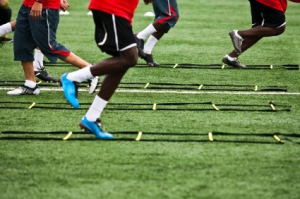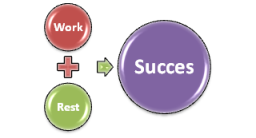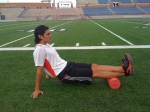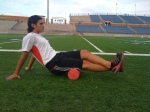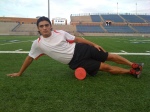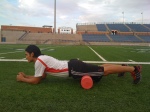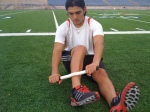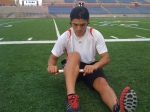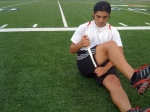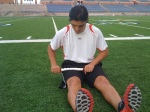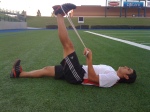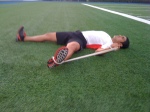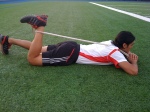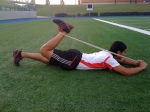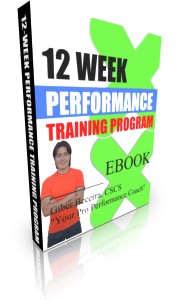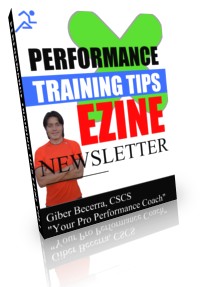While browsing around the internet, I came across this interesting article. It gives a list of the top 10 things coaches would like the parents to do. It is extremely important for the coaches to establish open lines of communication with the parents. However, in many occasions, this is not the case. For those parents who don’t have great communication with the coach of your kid, this is a great article to understand some of the things a coach might want you to say, but he/she is not saying.
Top Ten Things Soccer Parents Should Do
As the spring season approaches, I figured this would be a timely article. As both a soccer parent and coach, it has always been interesting watching the interactions (or lack thereof) of parents and coaches.  Usually the interaction is good, but at times it can be strained, to the detriment of the team. We all have our pet peeves, so I figured I’d come up with a couple of lists that highlight what we all can do to make the beautiful game more enjoyable for our kids AND the adults.
Usually the interaction is good, but at times it can be strained, to the detriment of the team. We all have our pet peeves, so I figured I’d come up with a couple of lists that highlight what we all can do to make the beautiful game more enjoyable for our kids AND the adults.
Top Ten Things Soccer Coaches Wish Soccer Parents Would Do
- Get the players to practice on time, fully equipped, and ready to go. While we understand some kids have back to back activities and account for that, there’s no reason for a player without a previous activity to arrive at the field the minute practice starts, in Croqs. Players should arrive 5-10 minutes early, ready to play, with cleats/shinguards on, with a properly inflated ball and a water bottle. Leave the toys at home – no balloons, skateboards, GameBoys, etc.
- Let us know more than 6 hours in advance if your child won’t be able to make practice or a match. Based on the number of players who can’t make a given event, it can affect how we plan to run things. You don’t need to ask permission – just let us know a couple days in advance if you can.
- Pay attention at practices. If you have a child that can be, er, a handful – stick around at practice at least once a week and watch. If your child starts to become a distraction to the team during practice, ask the coach if they want you to step in and take care of it. Some may, some may not. But don’t just drop your child off and run away, knowing they may be disruptive. It’s not fair to the rest of the team. And don’t ignore the obvious because it’s your child. We coaches want EVERY child to have a chance to play and enjoy the game, but disruptive children sometimes become too much for a coach to handle and a parent really needs to step in and handle things.
- Refrain from coaching from the sidelines. I say this as someone who is as guilty as any. Being a coach AND a parent, it can often be impossible to keep my mouth shut. But coaches want the players to focus on the game and any instruction they may shout out from the team touchline. So stick to cheering and encouragement. If you find the urge to coach overbearing – ask the coach if they need an assistant!
- Put your folding chairs at LEAST 2 yards away from the touchline. Many fields do not include ‘parent boundary lines’, so often parents are so close to the touchline that players can’t even take a step to throw the ball in. Plus it’s a danger to players trying to make sliding saves or who collide/trip/lose control near the parents.
- Respect our decisions as coaches and if you have a problem, approach us about it. Don’t bottle it up inside, let it stew, and share it among the rest of the parents. We’re not perfect, but perhaps given some additional explanation you might understand what we did. If not, at least you know why we did what we did.
- Try to have your paperwork, fees, and any other administrative stuff taken care of well in advance. Even teams with adept team managers can be affected by parents dragging their feet with paperwork. If you’re having financial trouble and need help, ask! Yes, it can be awkward, but many leagues have financial aid programs in place. We coaches just want the kids to play, have fun, and learn. The less that paperwork intrudes on that, the better.
- Don’t scream at your kids on or off the field if they make mistakes. That’s how they learn. As a coach, I tell my players ALL the time that I’d rather see them take a risk by trying out a soccer move and losing the ball, than taking the safe route using the inside of their foot all the time or passing the ball as soon as they get it. Too many players are afraid of making mistakes at a young age on the field. Risk taking and creativity should be encouraged.
- Volunteer to help your league. Every single one of you. While a few top coaches do get paid, most do not and most of the league volunteers do not. They donate tons of time ensuring the league operates smoothly. So when they ask for help doing concessions, paperwork, field maintenance, fund raising, etc., offer to help. While top level competitive soccer can be expensive, most recreational programs are dirt cheap, primarily because they are run by volunteers. Where else can you get 2-3 hours a week of healthy activity for your child for $25-$100 a season? Too many leagues rely on a core group of committed but overworked volunteers to run things because parents aren’t willing to donate an hour or two during the season. They aren’t asking you to commit to multiple hours every week for the entire season (though they’d love it if you could!). Just an hour or two a month.
- Have fun. Youth soccer should be fun for kids AND adults alike. By keeping a level head and a positive attitude, you can have about as much fun as your child does. So keep things in perspective and have fun!
What would you add to this list? And parents, rest assured I have a post listing the Top Ten Things Coaches Should Do in the eyes of the parents!
























